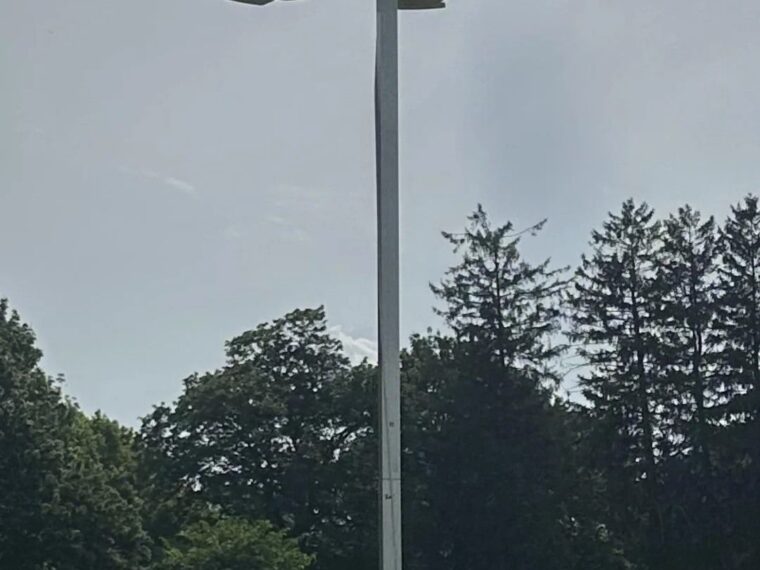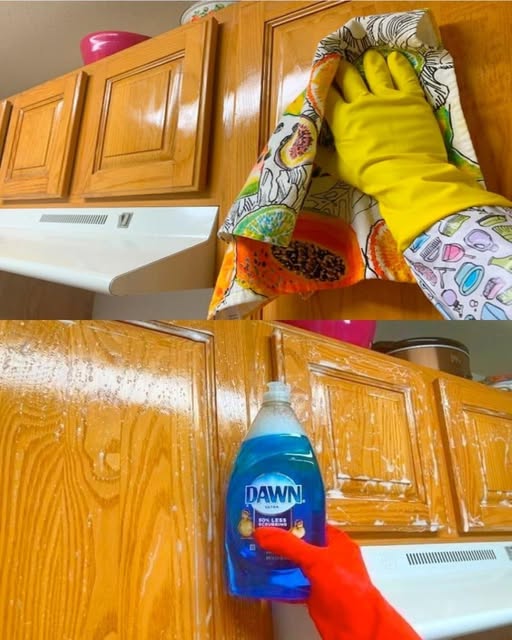Curious Park Poles? They’re Purple Martin Gourd Houses!
If you’ve recently taken a stroll through your local park or county green space and noticed tall poles dotted with what look like white pods or mysterious “cameras,” you’re definitely not alone in wondering what they are. These poles, standing more than 12 feet high and topped with an array of bulbous structures, seem almost futuristic—like they belong in a sci-fi movie or some secret government surveillance project.
But the truth? Those aren’t cameras. Nor are they weather instruments or any kind of high-tech gadget. Instead, they are purple martin gourd houses — an old-school yet highly effective way to support one of North America’s most beloved migratory birds: the purple martin.
What Are Purple Martins?
Purple martins are the largest swallow species found in North America, easily recognized by their glossy, iridescent blue-purple feathers that look nearly black from a distance. These birds are a wonder to watch: their aerial acrobatics are unmatched as they swoop, dive, and glide gracefully through the sky, feasting on flying insects with incredible agility.
For many bird enthusiasts, purple martins represent the arrival of spring and early summer, marking the seasons with their cheerful chattering and lively presence.
A Unique Relationship: Purple Martins and Humans
Unlike many other bird species, purple martins have developed a strong dependence on humans for their nesting sites, especially in the eastern U.S. Their natural nesting habitats—tree cavities and woodpecker holes—have drastically declined due to urban development and deforestation.
This has led to a fascinating relationship: people have been building and maintaining homes specifically for purple martins for centuries. Bird lovers, often called “martin landlords,” erect and care for specialized housing to provide safe, comfortable nesting spots for these birds.
Why the Gourd Shape?
You might wonder why those pods look like gourds—bulbous, rounded, and white. The answer lies in history and practicality.
Long before modern birdhouses, Native Americans and early European settlers hollowed out real gourds and hung them from poles to attract purple martins. Gourds were naturally lightweight, durable, and easy to hang, making them perfect bird homes.
Today’s gourd houses are typically made from durable plastic or resin materials that mimic the original shape but are easier to clean, maintain, and resist weather damage.
Why gourds?
- Roomy interiors: Gourds provide ample space for nesting and raising chicks. The rounded shape allows the young birds to move around comfortably.
- Protection from predators: When mounted high on poles, gourds are difficult for predators like raccoons or snakes to reach.
- Ventilation and drainage: Strategically placed holes ensure good airflow and allow rainwater to drain, keeping nests dry and healthy.
- Social living: Purple martins prefer to nest in colonies, so gourds are often clustered around poles in groups, creating a communal environment that mimics their natural preferences.
Why Are These Gourd Houses Installed in Parks?
Open parks and green spaces offer ideal environments for purple martins. These birds thrive in areas with clear skies and open flight paths, free from tall trees or dense cover where predators can lurk.
Installing purple martin housing in parks serves several important purposes:
- Conservation: By providing nesting sites, parks help sustain local purple martin populations, which have faced habitat loss.
- Natural pest control: Purple martins eat vast amounts of flying insects, including mosquitoes and flies, helping reduce pest populations naturally.
- Education and recreation: These birdhouses offer opportunities for bird watching and learning about local wildlife, fostering a connection between people and nature.
- Research and monitoring: Some parks work with bird conservation groups to monitor martin colonies, adjusting housing design or maintenance practices to improve nesting success.
What Exactly Are You Seeing on These Poles?
The poles you spot likely feature several key components designed for both bird safety and caretaker access:
- Multiple gourd-shaped units: Each gourd acts as an individual nesting chamber, providing space for separate families of martins.
- Telescoping or pulley system: These allow caretakers to safely lower the entire structure for cleaning, inspection, and maintenance without climbing.
- Predator guards: Smooth metallic or plastic shields near the pole’s base prevent climbing animals like snakes, raccoons, or squirrels from reaching the nests.
- Secure mounts: The gourds are tightly attached to the pole to prevent damage during strong winds or storms.
How to Become a “Martin Landlord”
If this sparked your interest, you might consider becoming a martin landlord yourself! Here’s a quick beginner’s guide:
- Location is key: Choose an open spot, ideally 10-15 feet above ground, with clear flight paths and no tall trees nearby.
- Install the pole and gourds: Poles should be sturdy and allow easy access for maintenance. Clustered gourds or multi-compartment houses work best.
- Add predator guards: Protect your birds by installing baffles or smooth pole guards.
- Maintain regularly: Clean out nests at the end of the breeding season to reduce parasites and prepare for the next year.
- Be patient: It can take time for martins to find and adopt your house, but persistence pays off.
Fun Facts About Purple Martins
- Purple martins can consume up to 1,000 flying insects per day, making them fantastic natural pest controllers.
- They migrate from South America each spring, traveling thousands of miles to reach their breeding grounds.
- Purple martins are highly social birds, often living in colonies of dozens or even hundreds of nests.
- Their melodious, gurgling calls are often described as some of the most pleasant bird songs in North America.
Final Thoughts: More Than Just Birdhouses
Those curious “pods” on park poles are a reminder of the incredible ways humans can help nature thrive. Far from mere decorations or strange tech, purple martin gourd houses represent centuries of cooperation between people and wildlife.
Next time you see one, take a moment to appreciate the life inside and the important role these birds play in our environment. And who knows? Maybe you’ll be inspired to support your local bird populations by becoming a martin landlord yourself!
Tag a friend who loves nature or share this article next time you visit the park to spread the word about purple martins and their fascinating homes!





